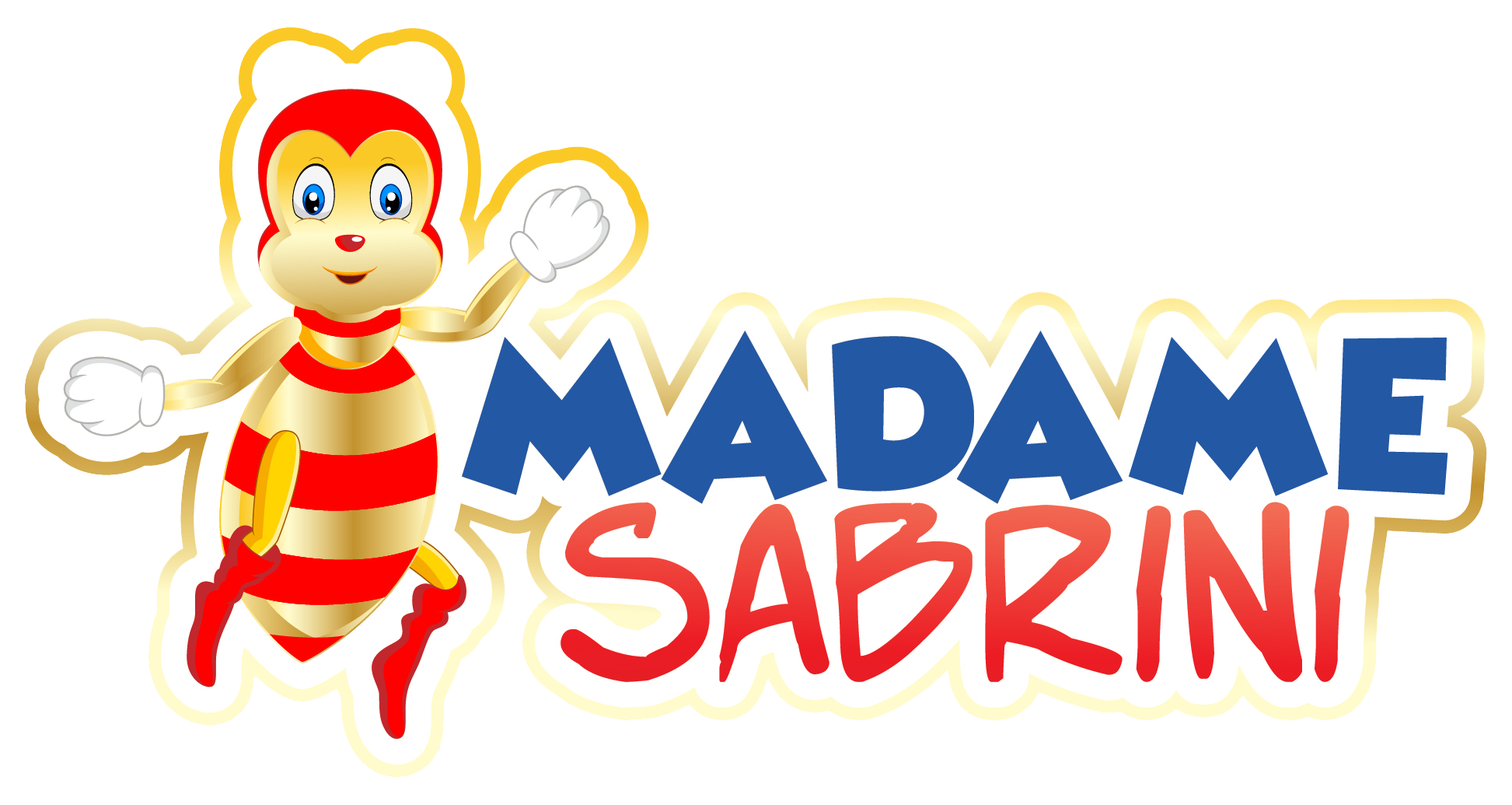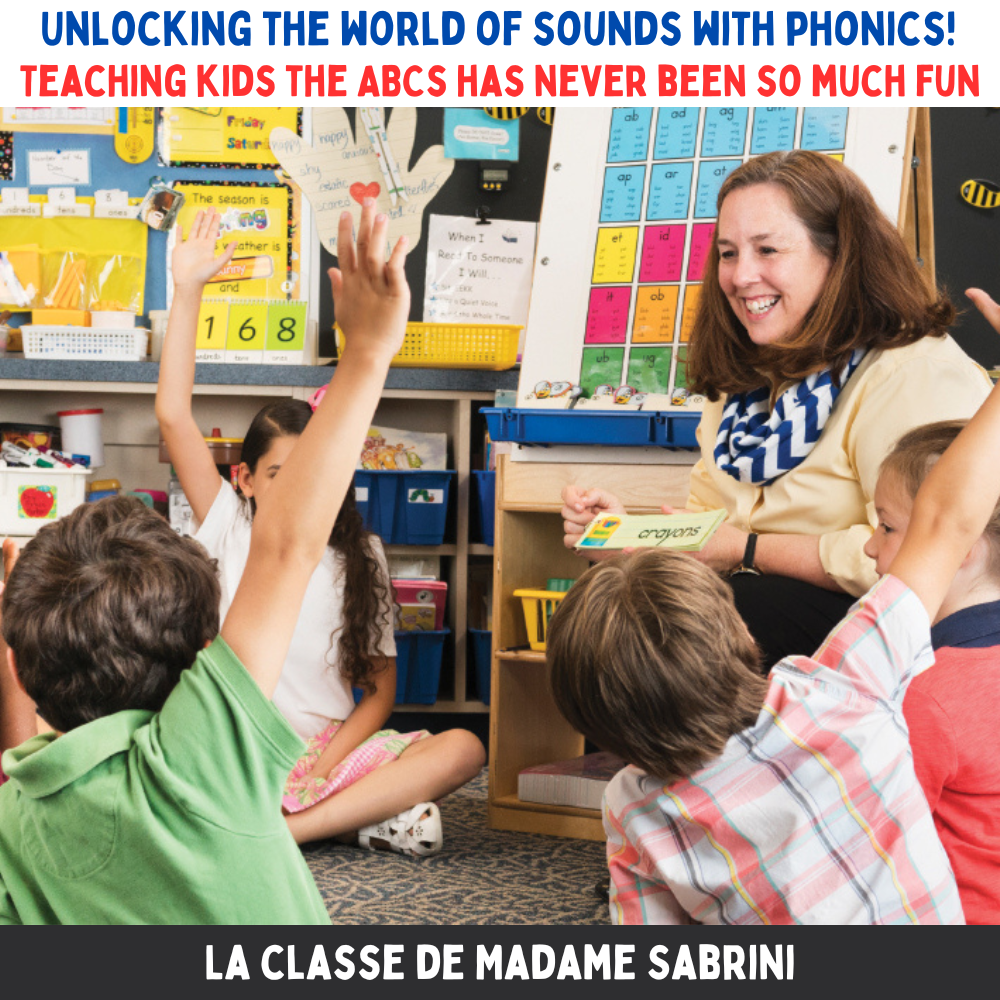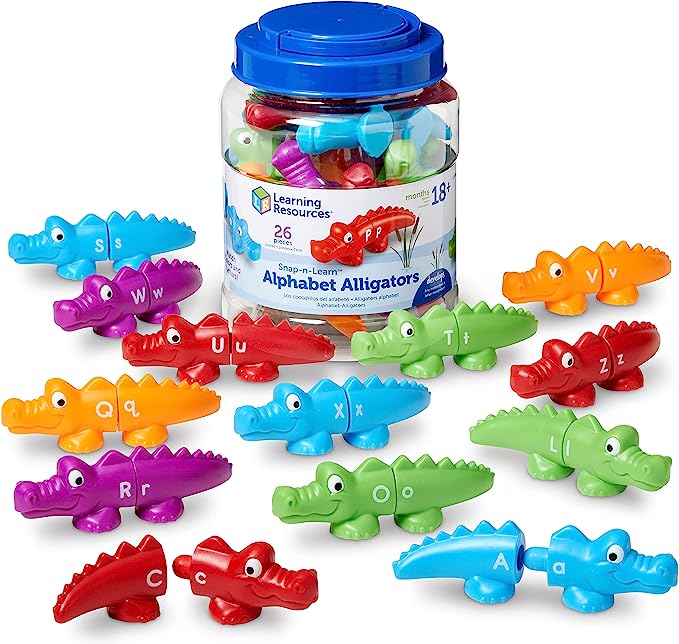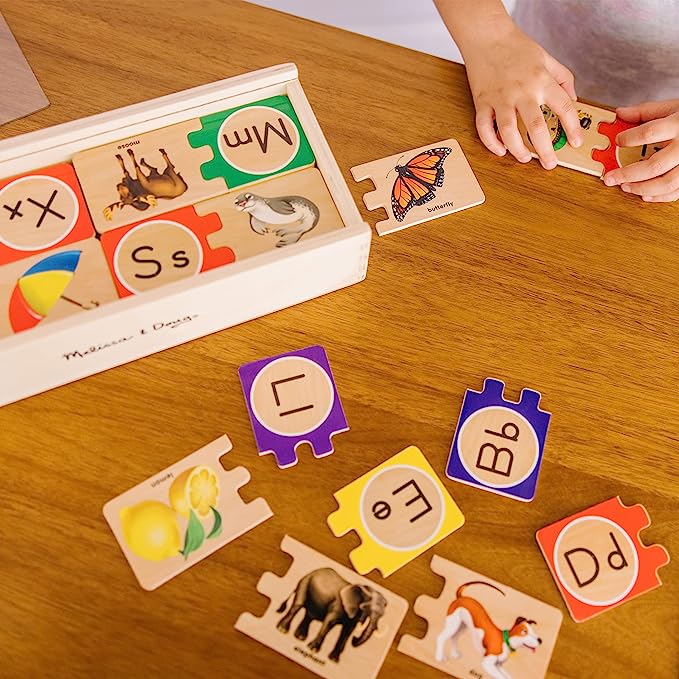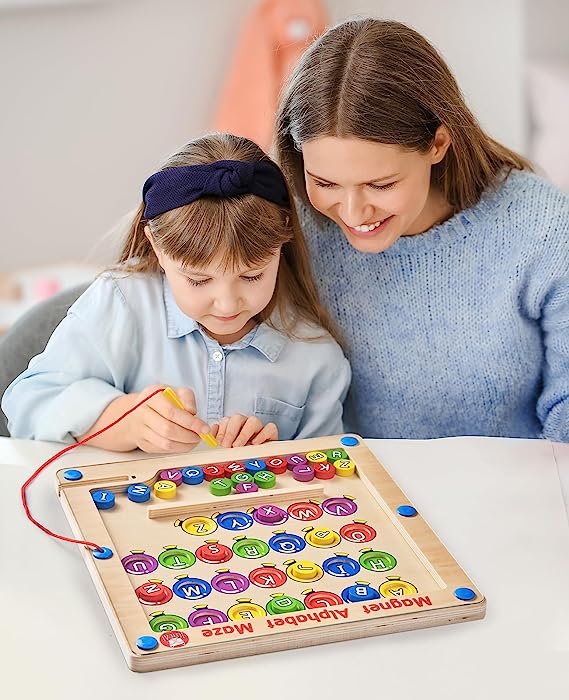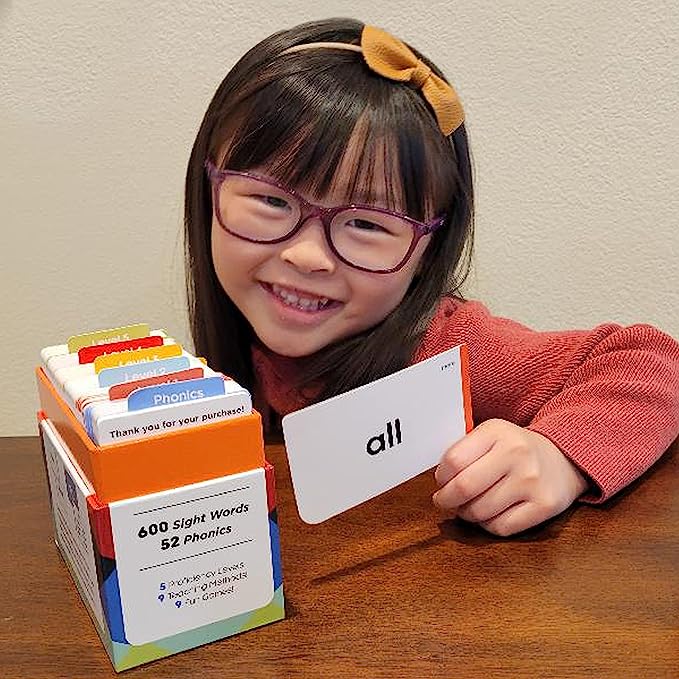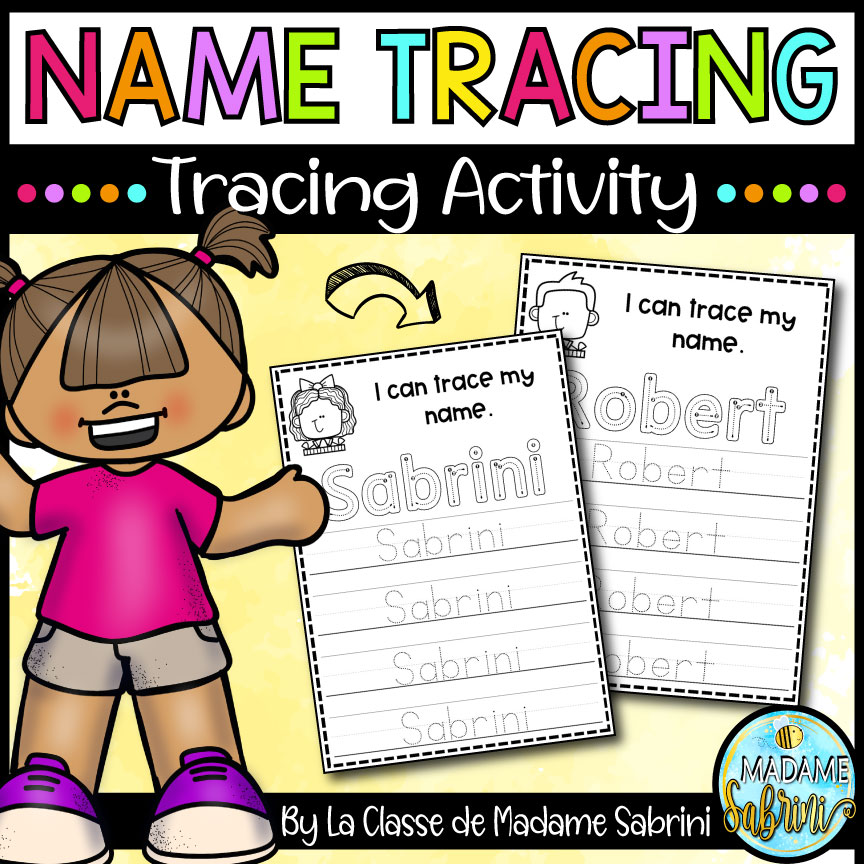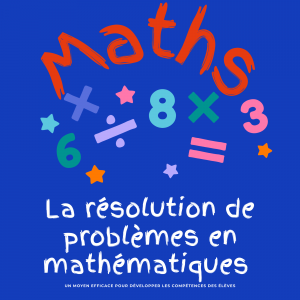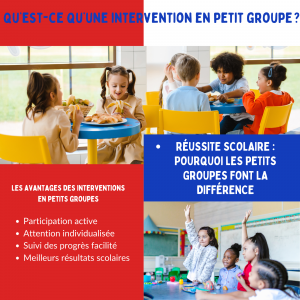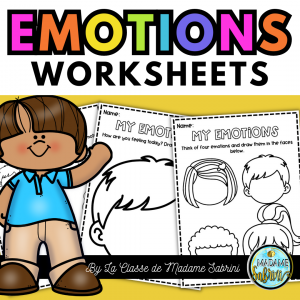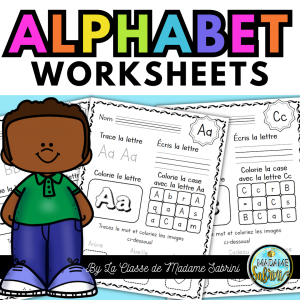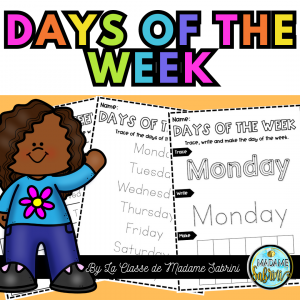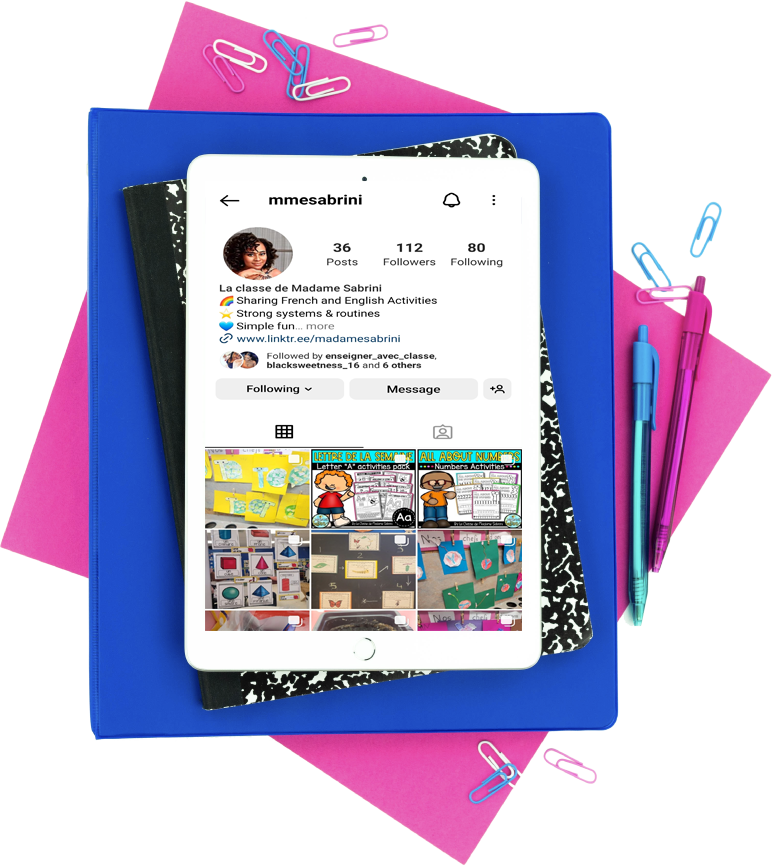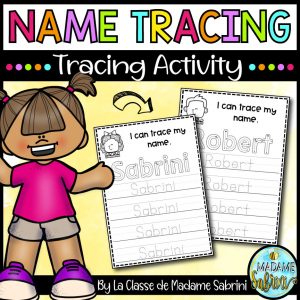This post may contain affiliate links which means I may receive a commission for purchases made through links. I will only recommend products that I have personally used! Learn more on my Private Policy page.
When it comes to teaching phonics to kids, a question that many parents and educators have is: What age should phonics be taught? Knowing the ideal age to start teaching phonics to children can help ensure that they receive the best education possible. In this blog post, we will explore the answer to this question and discuss how to incorporate phonics into a child’s learning environment.
What are Phonics and Why are They Important?
Phonics is a method of teaching reading and writing that focuses on the relationship between sounds and letters. It involves teaching students how to recognize and decode letters and letter combinations in order to read words accurately and fluently.
Phonics instruction has been shown to be an effective way of helping students become proficient readers. According to a report from the National Reading Panel, students who receive phonics instruction tend to make faster progress in reading than those who don’t.
One of the reasons why phonics is so important is that it helps students to develop strong foundational reading skills. By learning how to decode words phonetically, students are able to read unfamiliar words on their own, without relying on memorization. This is a crucial skill that can help students throughout their academic career, as well as in their personal and professional lives.
Another reason why phonics is important is that it helps to promote literacy and language development. By learning the sounds that letters and letter combinations make, students are able to develop a deeper understanding of how language works, which can in turn help them to communicate more effectively.
Overall, phonics is an essential component of literacy instruction. Whether you’re a student, a teacher, or a parent, it’s important to recognize the value of phonics in helping children learn to read and write.
Research-Based Recommendations on When to Teach Phonics
There have been various studies conducted on the optimal age to introduce phonics to young children. According to the National Reading Panel, it is recommended to teach phonics to students at the beginning of their learning to read journey, typically around the age of five or six. Student teachers who are preparing to teach in a classroom setting are also encouraged to teach phonics at an early age to ensure that their students develop a strong foundation in reading and writing skills.
The reason behind teaching phonics at such a young age is that children’s brains are more receptive to learning new concepts during their early years. By introducing phonics at a young age, students are able to build their understanding of the sounds and symbols used in the English language, leading to more effective and efficient reading and writing skills later on.
Furthermore, research shows that children who are taught phonics at a young age are more likely to have better literacy outcomes than those who are not. Early exposure to phonics has been shown to improve children’s reading accuracy, comprehension, and overall confidence in their reading abilities.
However, it is important to note that every child is different, and the decision of when to introduce phonics should be based on their individual readiness and development. While the majority of children may be ready to learn phonics at the age of five or six, some may not be ready until a bit later. Therefore, it is essential to take into account various factors before making a decision on when to introduce phonics.
In the next section, we’ll look at some of the factors to consider when deciding if your child is ready to learn phonics.
Factors to Consider in Deciding When to Teach Phonics
As a parent, deciding when to introduce phonics to your child can be a difficult task. There are a few factors you may want to consider to help make this decision.
Firstly, every student is unique, so it is important to keep in mind that some children may be ready to learn phonics earlier or later than others. Additionally, teachers and educational professionals may have varying opinions on when to start phonics instruction.
Secondly, it is essential to assess your child’s reading and writing skills. If they struggle with letter recognition or basic sounds, it may be best to wait a bit before introducing phonics. However, if they are showing a keen interest in books and enjoy reading simple words, then phonics instruction may be a good fit.
Finally, it is also worth noting that phonics is just one component of reading instruction. Some students may benefit from a multi-sensory approach to learning, including sight-word recognition and context clues.
By taking into consideration your child’s unique abilities and strengths, along with the input of teachers and educational professionals, you can determine the best time to begin phonics instruction.
Signs Your Child is Ready to Learn Phonics
Phonics is a crucial part of early education that teaches children the sound-symbol relationships necessary for reading and writing. But how do you know when your child is ready to learn phonics? Here are some signs to look for:
1. Your child knows the alphabet: Phonics instruction builds on a child’s knowledge of the alphabet. If your child can identify letters and their sounds, they’re ready to learn phonics.
2. Your child is interested in reading: Children who show an interest in books and reading are usually ready for phonics instruction. They may even start to ask questions about how words are formed and what they mean.
3. Your child can blend sounds: Phonics instruction involves blending individual sounds together to form words. If your child can already do this, they’re ready to move on to more complex phonetic concepts.
4. Your child can rhyme: Rhyming is an essential phonics skill. If your child can identify words that rhyme or make up their own rhymes, they have the foundational skills needed for phonics.
5. Your child has strong listening skills: Phonics instruction requires a child to listen carefully to individual sounds in words. If your child can focus and listen well, they’re likely to excel in phonics.
Remember that every child learns at their own pace, and some may be ready to start learning phonics earlier or later than others. Trust your student teachers and follow their lead to ensure your child has a positive learning experience.
Tips for Teaching Phonics at Home
1. Make it fun and engaging: Phonics can be a challenging subject, but that doesn’t mean it has to be boring. Use games, songs, and activities to make the learning process more enjoyable for your child.
2. Encourage reading: Phonics is most effective when combined with reading. Encourage your child to read aloud and practice sounding out words they come across in books.
3. Break it down: Phonics can be overwhelming for young students, so break it down into smaller, more manageable parts. Focus on one or two letter sounds at a time and gradually build on them.
4. Be patient: Learning phonics is a process that takes time and patience. Don’t get frustrated if your child doesn’t catch on right away. With practice and consistency, they will eventually get it.
5. Use real-world examples: Make phonics relevant to your child’s everyday life. Use examples from their environment such as street signs or grocery store labels to help them apply what they’re learning.
6. Get creative: There are many resources available to help you teach phonics at home, from worksheets to online games. Get creative and use a variety of resources to keep your child engaged and excited about learning.
By following these tips, you can help your child become a confident and successful reader. Remember, teaching phonics at home doesn’t have to be daunting. With a little patience, creativity, and consistency, you can set your child on the path to literacy success.
